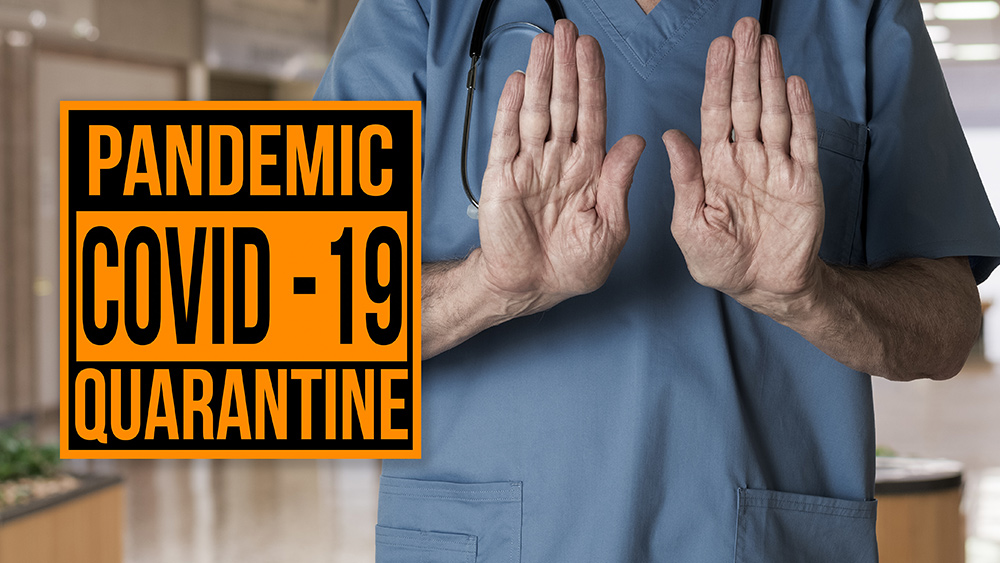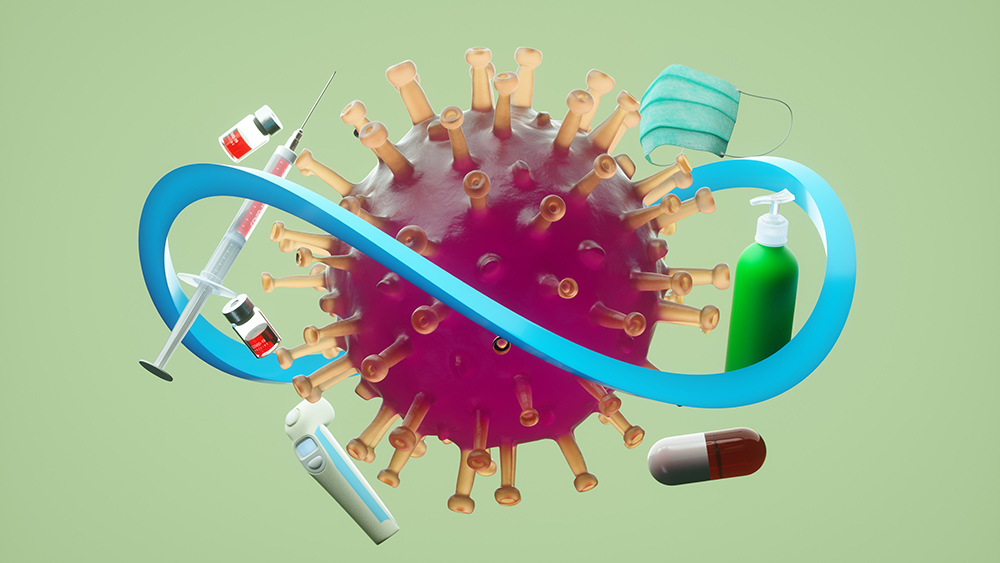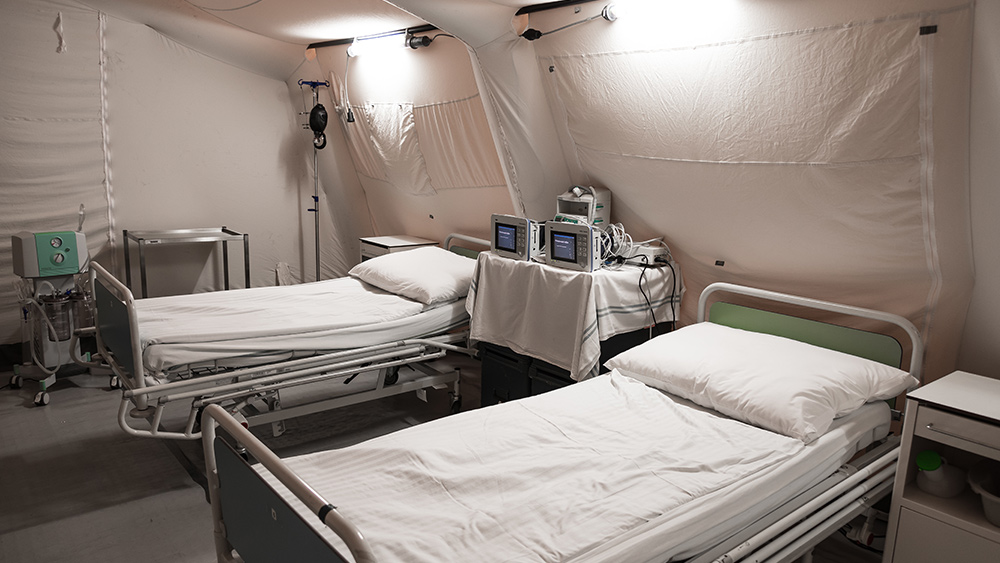ICU doctor says “unique cytokine storm” is the real cause behind coronavirus deaths
05/18/2020 / By Ethan Huff

While the vast majority of people who contract the Wuhan coronavirus (COVID-19) seem to show minimal, if any, symptoms, there is that much smaller percentage of more serious cases that is wreaking havoc at hospital intensive care units (ICUs).
This is the claim of Alex Hakim, an ICU doctor who says that there is still no clear pattern as to how the Wuhan coronavirus (COVID-19) behaves in people who develop the worst forms of illness from it, other than that it prompts a “unique cytokine storm” that causes a patient’s immune system to overreact and basically induce death.
In a normal scenario, doctors would have already begun to identify signs of what to look for and determine how long a patient might have to remain bedridden. But with the Wuhan coronavirus (COVID-19), many of the most serious cases are having to stay admitted indefinitely, clogging up the system.
“With COVID-19, it is like that clichéd scene in the movies where the scientist looks up from the microscope and says, ‘This doesn’t seem to behave like anything I’ve ever seen before,'” Hakim writes for The Federalist.
“This thing seems to cause the most damage between people who are in close contact: roommates, cell mates, parents with their adult children, nursing home neighbors, doctors in close proximity to an infected individual’s mouth, etc.,” he adds. “It feels like you can trace the spread in front of you because it’s so contagious. We never usually see that.”
Listen below to The Health Ranger Report as Mike Adams, the Health Ranger, interviews Dr. Judy Mikovits to get her take on the Wuhan coronavirus (COVID-19) plandemic:
Being fat is a major risk factor for coronavirus
Hakim says that it is highly unusual for otherwise healthy people aged 50 years or above to come to the ICU with severely low oxygen levels while expressing little or no complaint about shortness of breath. And yet this is how many of the serious Wuhan coronavirus (COVID-19) cases are showing symptoms.
Not only are they not visibly suffering, in many cases, but many of these patients do not even show signs of having to work hard to breathe. Once they end up in bed on ventilators, however, many of these patients experience wild swings up and down in terms of the symptoms they manifest.
“The lack of symptoms is disturbing, and explains why some people die at home without even an appreciation that they are suffocating to death,” Hakim says.
“As an ICU doctor, it is jarring to come running to a patient with equipment to place an emergency breathing tube, only to be greeted by someone surprised to see you and watching TV.”
On the other hand, there are other factors involved with the more serious cases, including obesity. According to Hakim, excess fat tissue is clearly playing a role in those who become infected with the Wuhan coronavirus (COVID-19) and end up requiring hospitalization.
“It’s a good excuse to lose weight!” he emphasizes.
Another anomaly with ICU-admitted Wuhan coronavirus (COVID-19) patients is that the oldest patients typically die within a few days. Those in the 50- to 70-year-old range, on the other hand, often remain on ventilators for weeks, only to later end up dying.
The sad thing is that ventilators do not seem to work for the Wuhan coronavirus (COVID-19), and only seem to increase the risk that a patient ends up dying due to the lung damage caused by all of the pressure they exert.
Another major cause of death from the Wuhan coronavirus (COVID-19) is fear, Hakim suggests, noting that many people with other serious health conditions are too afraid to go to the hospital for treatment because they fear they might catch the novel virus while there.
To keep up with the latest news about the Wuhan coronavirus (COVID-19), be sure to check out Pandemic.news.
Sources for this article include:
Submit a correction >>
Tagged Under:
coronavirus, covid-19, cytokine storm, deaths, ICU, infections, pandemic, unique cytokine storm, Wuhan coronavirus
This article may contain statements that reflect the opinion of the author
RECENT NEWS & ARTICLES
Infections.News is a fact-based public education website published by Infections News Features, LLC.
All content copyright © 2018 by Infections News Features, LLC.
Contact Us with Tips or Corrections
All trademarks, registered trademarks and servicemarks mentioned on this site are the property of their respective owners.





















